In the actual production process, according to the current experience, the leaching rate, coarse and fine powder difference, saccharification time, filtration time, chromaticity, total nitrogen, kurbach value, boiling wort chroma and other technical indicators involved in the quality of malt directly affect the quality of beer (see Figure 2-14). The quality of malt is now discussed separately.

Malt and beer
I. Leakage rate
The malt leaching rate depends on the variety of the original barley, which is related to the year and place of its cultivation, and also has a certain relationship with the protein content. The high-quality malt leaching rate is usually set at 79.5%-81%. The leaching rate is very important. Without measuring the leaching rate, there is no need for malt analysis. Technically, the low leaching rate is often due to insufficient protein dissolution. The protein solubility is high, and the leaching rate is also high. The improvement of the leaching rate does not mean that the carbohydrates are dissolved well. Therefore, the leaching rate is an important parameter, and it is more important for cells to dissolve well and evenly.
II. The difference in thickness and powder
The difference in thickness of powder indicates the degree of dissolution of barley cell wall. The small difference in coarse and fine powder means that the cell wall dissolves well, which is conducive to the filtration and improvement of saccharified wort. The difference in coarse and fine powder affects the utilization rate of raw materials and the filtration speed of wort and beer, and also affects the composition of wort. The thickness of high-quality malt is less than 1.9%, and the use of malt with low thickness can increase the production of beer.
III. Saccharification time
Although saccharification is the result of the combined action of α and β amylase, the saccharification time can still indirectly show the presence of α-amylase in malt. If the saccharification time of light-colored malt exceeds 10-15min, saccharification will be difficult. Poorly dissolved malt will prolong the saccharification time. Appropriately improve the degree of wheat immersion, implement long-term germination at low temperature, and increase the concentration of carbon dioxide in the wheat layer in the later stage of germination, which is conducive to the formation and accumulation of enzymes. Improving the vitality of enzymes can shorten the saccharification time.
IV. Chrometric
Chromaticity is used as a general indicator in the line standard. Light-colored malt chroma requires 2.5 to 5.7EBC. However, with the popularity of light-colored beer, the emphasis of breweries on malt color seems to have become the primary factor of various indicators. Some manufacturers require that the lower the malt color, the better, which is In our analysis of the samples collected, although the appearance of some malt is bright and white, the measured malt chromaticity is as high as 9.5EBC. For chromaticity, the testing facilities in the domestic laboratory are different. There are EBC colorimetry and the same malt sample may have the following readings in different laboratories: 3.0, 3.1, 3.25 In addition, there is also iodine solution colorimetric method, which has a large operation error and should be eliminated, so EBC chromaticity meter should be used uniformly. The color palette is regularly corrected, and it is recommended to gradually adopt the EBC digital display meter.
V. Boiling color
The industry standard of boiling color requires the temperature of glycerin to be 108℃±2℃. According to our test, it is difficult to guarantee such accuracy. Once the temperature of glycerin rises, it will take a long time to fall. In addition, the temperature difference between the upper, middle and lower layers of glycerin is quite large108℃1℃, and the temperature at each point is the same. The effect is OK, but the starting temperature needs to be unified. The correlation between the boiling chromaticity and the chromaticity of the finished beer is very good. Therefore, the value of soluble nitrogen is checked in reverse. It is usually stipulated that the boiling chromaticity of light-colored malt is up to 7EBC. The measured values in different laboratories are often very different, indicating that this measurement must be very careful. As a general principle, the boiling chroma of malt in different batches should not change too much, otherwise the chromaticity of the beer will be too different.
VI. Total nitrogen
In order to measure the Kulbach index, we need to know the protein content of malt. The impact of protein content on beer output is well known. The higher the protein content, the lower the beer output, but the impact of protein content on beer quality is much lower than people think. Looking at the protein content alone, the range is actually quite large (10%).-12%) has no effect, and it is important to evaluate it together with soluble proteins.
VII. Soluble nitrogen
Soluble nitrogen is an important indicator to measure the solubility of proteins, which has a great impact on the quality of wort. It is generally expressed in the Kurbaha index, which also reflects the solubility of the malt cell wall to a certain extent. The soluble nitrogen of malt can neither be too high nor too low, at 650-750mg/L is appropriate. If the value is lower than this range, the protein solubility of malt is too low. Although it has no effect on fermentation and yeast reproduction, it will reflect the aroma type of beer. If it will increase the ethanol content, if the soluble nitrogen content is too high, the aroma type will not change, but it will have an impact on the taste of beer, especially Using unfertilized grains to reduce the content of dissolved protein will make the beer have a "dry" taste. Using malt with low protein solubility can also achieve this effect, which will also make the body of the beer thinner. Saccharification has half the effect on protein dissolution, so the protein of malt is particularly important.
VIII. Kurbaha Value (index)
The Kulbach index refers to the ratio of soluble nitrogen to total nitrogen, expressed as a percentage. This index is used to determine protein degradation. While considering the total protein content, it can well evaluate the various relationships of proteins. The index is usually set at 38% to 45%. If the total protein deviates from the usual 10%-In the 11% content range, more attention should be paid to soluble nitrogen rather than the Kulbaha value.
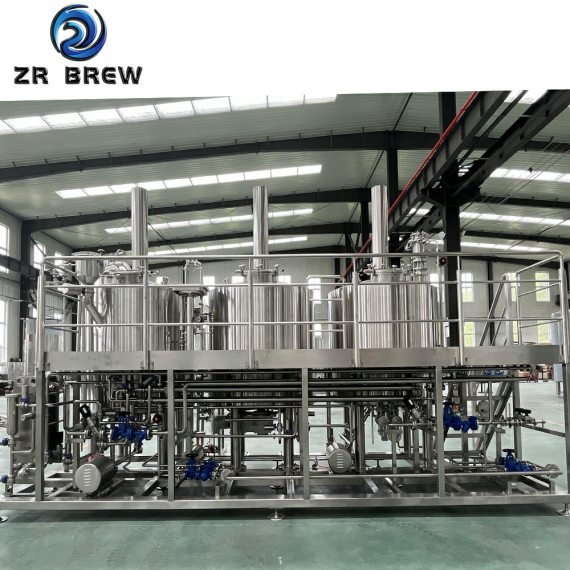
IX. pH value
The pH value indicates the acidity of malt. The pH value of malt is usually about 5.90. When the sulfur-containing raw material is directly heated in the heating furnace, the value will be reduced to 5.75. The low pH value improves the activity of most enzymes of the agreed saccharified saccharification, so it also obtains a higher leaching rate and a better 45℃ ha, but it is more protrutic. Now indirect heating is generally used, and the pH value will be 5.85.-Between 5.90, it should be noted that the pH value should be measured: 1 The pH meter should be calibrated before use every day, and the difference between the temperature at the time of calibration and the temperature at the time of use shall not exceed I℃. Because many laboratories do not have air conditioning, the temperature difference in winter and summer is large, and the pH value 2 The constant temperature of 20℃ should be uniformly used for correction and measurement, and the reported pH value should also be uniformly specified as the actual measured value at 20℃. It is meaningless without temperature-limited pH value.

X. Brittleness
The brittleness reflects the solubility and brewing performance of malt, which is generally required to be more than 80% internationally. During laboratory determination, the roller distance and screen should be checked regularly, and the comparison test between laboratories should be carried out regularly. After storage and transportation, the water content of malt is different and the thickness of the skin and shell is different, which has an impact on the test results. Therefore, the acceptance of commercial malt should be checked year-on-year according to the variety of
XI. Viscosity
The viscosity of wort is related to solubility, and a viscosity value of more than 1.67mPa·s indicates poor cell dissolution. The viscosity below 1.48mPa·s indicates that the part is excessively dissolved.
XII, α-amino nitrogen
Alpha-amino nitrogen refers to amino acid low-molecular nitrogen. Alpha-amino nitrogen is of great significance for wort composition and beer fermentation, and is the main source of nitrogen required for yeast fermentation. The main factors affecting the content of α-amino nitrogen in malt are the quality and characteristics of barley, the degree of wheat immersion, the germination temperature and time, and the pre-drying temperature and time. If the degree of wheat immersion is low, the temperature in the early stage of germination is too high, the temperature in the later stage is too low, the temperature in the early stage of drying is high, the temperature is too fast, the baking coke temperature is high, the time is long, etc., the content of alpha-amino nitrogen in the malt will be reduced.
XIII. Saccharification
The saccharification force industry standard QB-1686-93 puts forward clear requirements for saccharification force and evaluates it as a limited index. The low maltose power is due to the low saccharification power of the original barley itself, low protein content, short germination time, low germination temperature, high drying temperature, excessive heating, high baking coking temperature, and long time. The high maltose power is due to the low drying temperature, low baking coke temperature, short time, and high water from the oven. This kind of malt lacks fragrance, and the wort is difficult to filter and turbid. Beer is prone to turbid precipitation.
Malt is the main raw material for beer production. High-quality malt is the material guarantee for the production of high-quality beer. How to produce high-quality malt is a topic for beer scientists, which is worth our unremitting efforts to discuss.
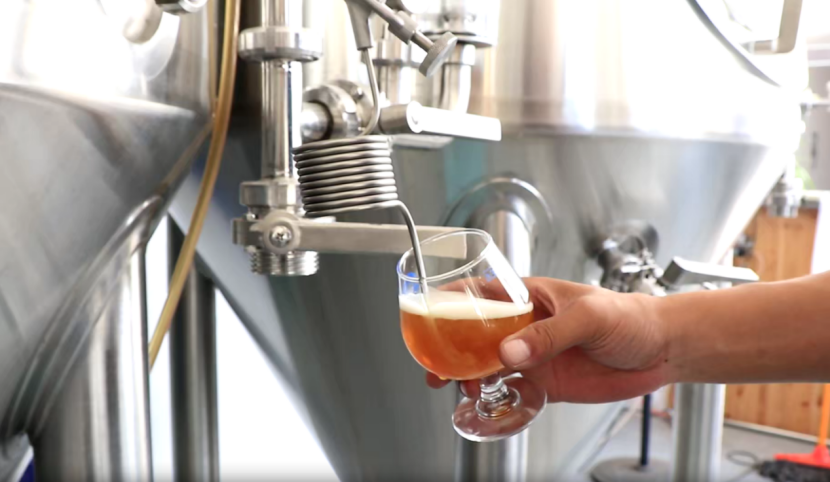

Shandong Zeren Machinery Equipment Co., Ltd. is an equipment manufacturer focusing on biological fermentation industry
Copyright © Shandong Zeren Machinery Equipment Co., Ltd. All Rights Reserved |
Sitemap
| Technical Support:

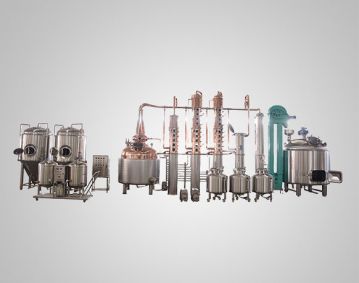 1500L Vodka Distiller
1500L Vodka Distiller
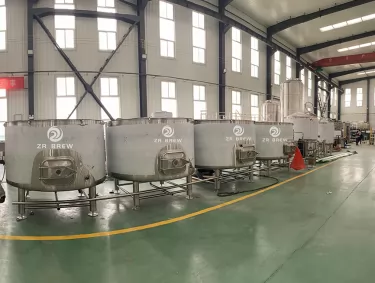 Kambucha Brewing Equipment
Kambucha Brewing Equipment
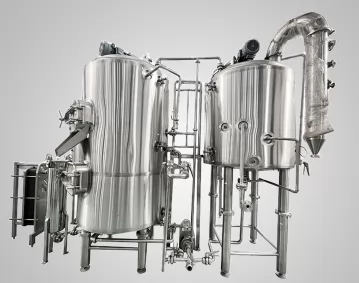 500L Nano Brewing Equipment
500L Nano Brewing Equipment
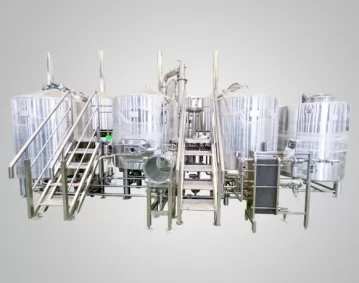 1000l 4 vessels beer brewing equipment system
1000l 4 vessels beer brewing equipment system
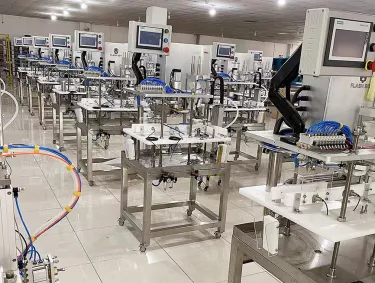 Semi-auto Can Washing & Filling & Capping Machine
Semi-auto Can Washing & Filling & Capping Machine
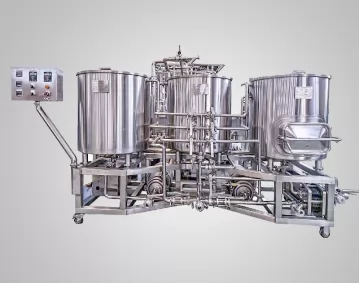 150L home brewery
150L home brewery
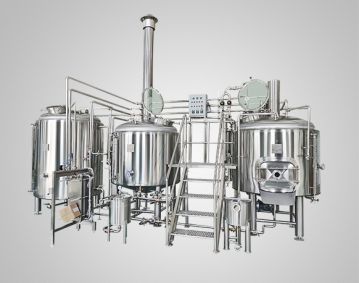 1000L brewery equipment
1000L brewery equipment
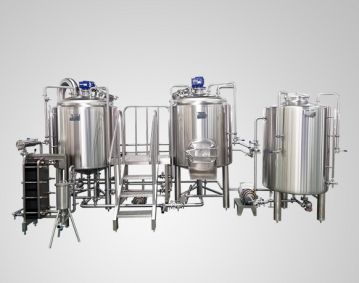 500L Brewery Equipment
500L Brewery Equipment
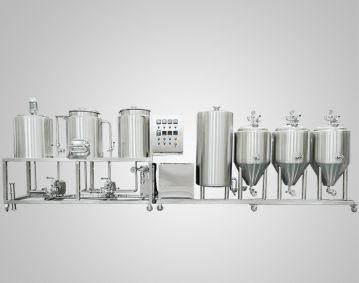 150L home brewing equipment
150L home brewing equipment
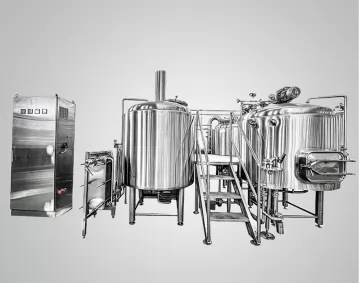 1500L 4 Vessle Brewery Equipment
1500L 4 Vessle Brewery Equipment
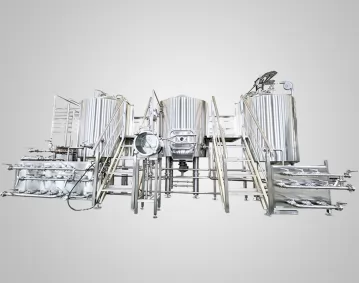 1000L Brewery Equipment
1000L Brewery Equipment
 50L small brewery
50L small brewery
 100L home brewery
100L home brewery
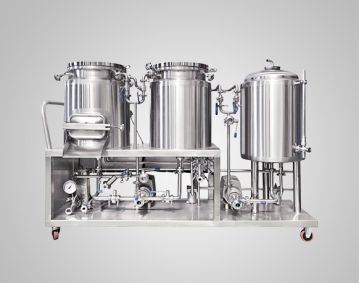 100L home brewing equipment
100L home brewing equipment
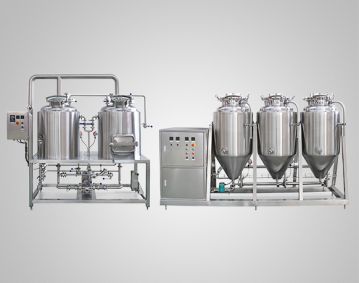 60L home brewing equipment
60L home brewing equipment
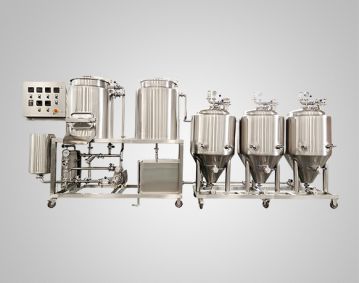 50L/100L home brewing equipment
50L/100L home brewing equipment
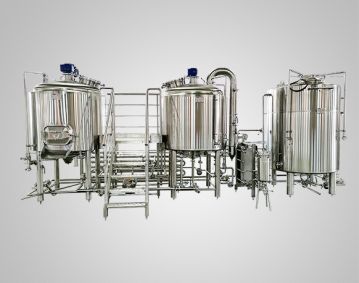 800L Brewery Equipment
800L Brewery Equipment
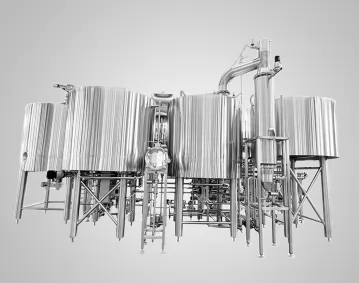 2500L Turnkey Brewery
2500L Turnkey Brewery
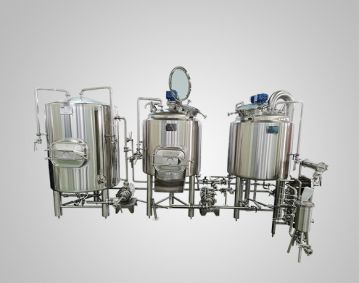 300L brewery equipment
300L brewery equipment
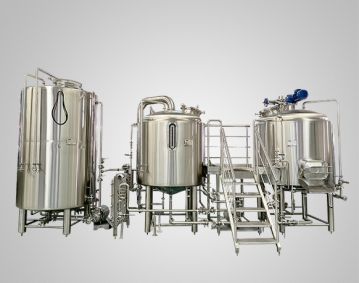 1000L brewery equipment
1000L brewery equipment
 50L home brewing equipment
50L home brewing equipment
